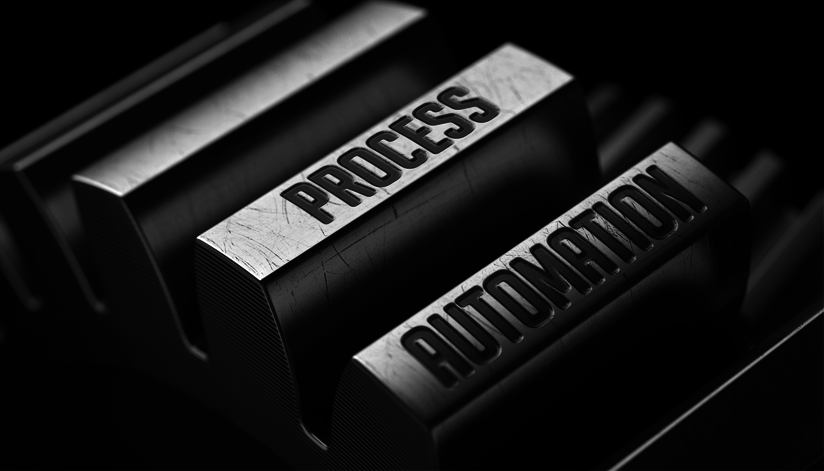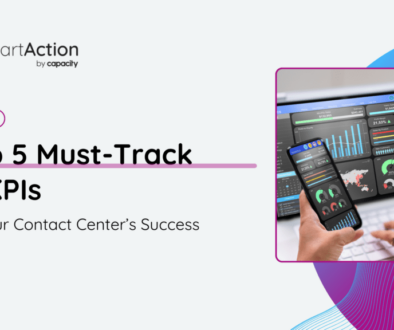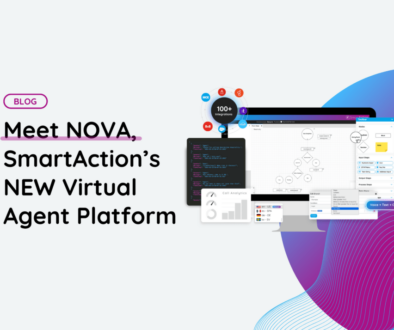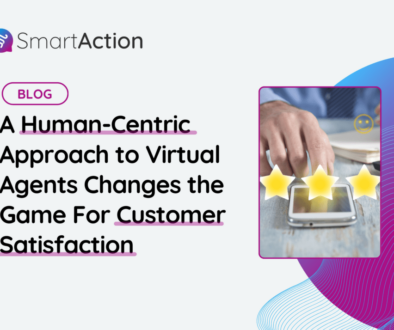Automation & Your Agents: Working Together? Or Not So Much?
Since the introduction of the contact center to the business world, humans and technology have had to coexist. Coexisting, however, does not imply humans and technology work well together all of the time. Some would say the root of the problem is that customer service reps (CSRs) are not well trained to utilize the technology at hand; or maybe, the technology itself is faulty. Whatever the case may be, the disconnect between agents and technology can present a problem for the contact center’s functionality and efficiency in delivering an outstanding customer service experience, which in turn, can negatively impact business goals. The key is promoting an environment where your agents and your technology are working together.
When it’s working
When your agents work in conjunction with automation, it provides the customer with an effortless and seamless experience, while at the same time, empowering CSRs in their roles.
Faster Service
In our experience, automation is simply faster at addressing and solving simple to mid-complex requests that often take time for an agent to do. For example, making an address change, scheduling an appointment, or taking a payment are tasks that automation can easily take care of more quickly than an agent. With today’s technology, there are various alternatives for customers to fulfill these kinds of requests. Virtual customer assistants (VCAs), chatbots, or advanced voice self-service gives customers the option to help themselves by choosing the channel of communication they think is best and fastest – ultimately saving the customer time.
Happier Agents
In this case, automation is handling repetitive and non-value-add requests, so that CSRs are not bogged down with them. In other words, the humans are freed up to focus on the most complex issues where they can provide the most value. This gives agents the opportunity to challenge themselves, use their critical thinking and problem-solving skills, and become better prepared and well equipped to handle any kind of inquiry. This is empowering! They become the human drivers to the customer service experience and gain confidence in their role and expertise. Rather than feeling like robots—following the same protocol over and over again—agents feel valuable to the business. Their role is held to higher standards, motivating agents to be successful in their role. Ultimately, if agents are happy, it is reflected in the quality of service they provide to the customer. All of this empowerment is thanks to effective technology on the front end, which allows the agents to thrive in complex and important situations.
Personalized Experiences
Additionally, when CSRs and technology work together, personalization is never lost. Advanced technology has the capacity to identify customers based on data; for example, voice self-service uses caller ID and/or location to recognize the caller. Once identified, automation can personalize the experience by greeting customers by name and customizing options based on who they are, recent history, and other data.
If the issue requires further attention from an agent, the automation should prepare your agent with customer information and context. Given the proper tools, agents continue to further enhance the personalized experience, while at the same time solving the issue quickly and effectively. These connection points allow for consistent and personalized service but are only possible when the agents and technology are integrated, working in conjunction with one another.
Well, all this just sounds like we are running the perfect contact center here: CSRs and technology working together seamlessly.
But what about when this fails?
When it’s not working
Increased Customer Effort
When automation and agents do not work well together, there are miscommunications on both ends. Sometimes customers may not be able to articulate the problem they need solved, they only know something is wrong and needs fixing. It is expected that the customer service organization (automation + CSRs) will figure out the issue and solve it. Instead, customers are put on hold for long periods of time, get routed to the wrong department, or get transferred between agents and/or channels. Subsequently, customers get frustrated with the technology, take it out on your agents, and are ultimately dissatisfied.
Customers Must Repeat Themselves.
Customers must repeat themselves… it’s annoying, right? If customer information is not effectively passed from automation to agent, customers must repeat themselves (again!?). This is a symptom of increased customer effort as well, but it is in its own category simply because it is so easily avoidable using proper coordination.
Agents Denounce the Technology
When your agents are subject to the wrath of customers who are forced to work through really poor automated systems, they begin to lose faith in the technology. Situations like this can even lead to public criticism of the capabilities of your automated services, perhaps suggesting customers not use it or ways to circumvent it. What’s worse, customers feel thankful for the honesty and the insider knowledge – and they’re not wrong for feeling that way! With faulty technology, both your CSRs and your customers have to work twice as hard to pick up the slack.
After all, humans and technology coexisting in the contact center is not enough. They have to work together to create great experiences and an effective customer service operation.
If you want to learn more about how to create a balance between technology and humans, reach out to us!






